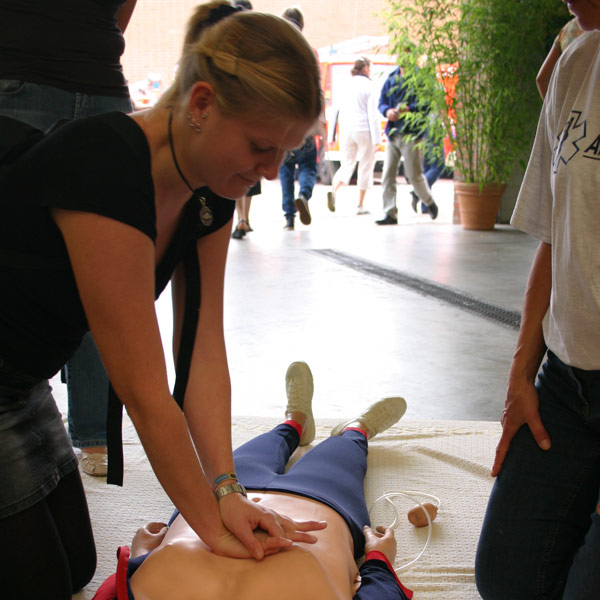TUESDAY, Jan. 24, 2017 (HealthDay News) — Catheter ablation is a common treatment for a form of irregular heartbeat known as premature ventricular contractions. Now, a small new study suggests the approach may put some patients at risk for brain injury.
The findings are preliminary, but are “relevant to a large number of patients undergoing this procedure,” study senior author Dr. Gregory Marcus said in a news release from the University of California, San Francisco.
The study suggests that the procedure may help encourage the formation of brain lesions. Marcus, who directs clinical research at UCSF’s department of cardiology, said he hopes the research “will inspire many studies to understand the meaning of and how to mitigate these lesions.”
The study included 18 patients who underwent catheter ablation for premature ventricular contractions (PVCs) — a type of abnormal heartbeat originating in a lower chamber (ventricles) of the heart.
Dr. Stavros Mountantonakis, an electrophysiologist and heart specialist at Lenox Hill Hospital in New York City, reviewed the findings. “Premature ventricular complexes are ‘extra beats’ that originate from the lower chambers of the heart,” he explained.
“PVCs are very common and the vast majority are benign that warrant no therapy,” he noted.
However, some patients — often those in danger of heart failure — are recommended to receive catheter ablation, Mountantonakis said.
As described by the U.S. National Heart, Lung, and Blood Institute, catheter ablation is a minimally invasive procedure where a tiny catheter “uses energy to make small scars in your heart tissue to prevent abnormal electrical signals from moving through your heart.
“Catheter ablation is used to treat certain types of arrhythmias, or irregular heartbeats, that cannot be controlled by medicine,” the agency added.
In the new study, 12 of the patients underwent ablation in their heart’s left ventricle, which supplies blood to the brain. The other six underwent ablation to the right ventricle, which pumps blood to the lungs.
Those in the left ventricular ablation group were much more likely to then develop brain lesions due to clots, compared to those in the right ventricular ablation group, Marcus’ group said.
Specifically, there were a total of 16 of these clot-linked lesions — embolisms — in seven of the 12 patients (58 percent) who underwent left ventricular ablation, compared to none of the patients who underwent right ventricular ablation, the team said.
The brain lesions were detected on scans and were not severe enough to cause the patients symptoms, the researchers noted. However, they added that while these lesions do not cause symptoms, there is evidence they may be associated with mental decline.
The study couldn’t prove cause-and-effect, but Marcus noted that the rate of embolisms for left ventricular ablations was much higher than the 10 to 20 percent seen “in similar procedures for other types of heart rhythm disturbances.”
If corroborated in larger studies, the new finding “will become an important consideration as we think about how to optimally help the large number of people out there with PVCs,” Marcus said.
Mountantonakis stressed that cardiologists must always balance the risks of a procedure against its potential benefit to the patient.
The UCSF findings are “not surprising for the medical community, as small clots can inadvertently form on instruments during invasive cardiac procedures and travel to the brain,” he said.
“However, it is important to acknowledge that cardiology procedures on the left lower chamber of the heart, like cardiac catheterization, stent placement and valve replacement, have saved many lives and improved the quality of life for millions of people,” Mountantonakis added.
“Similarly, catheter ablation for PVCs is an important therapeutic option for a specific subset of patients, and its benefits should be weighed against the potential risks.”
The new study was published Jan. 24 in the journal Circulation.
More information
The U.S. National Heart, Lung, and Blood Institute has more on catheter ablation.
Copyright © 2025 HealthDay. All rights reserved.

